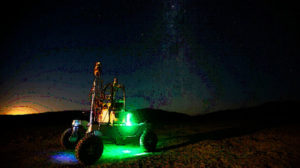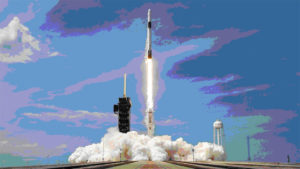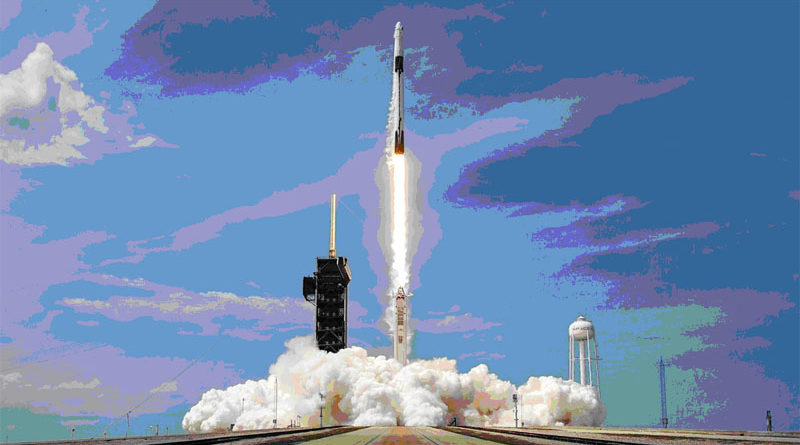Four Humans Begin 45-Day Simulated Trip To Mars
January 31, 2022
During the 45-day mission, the crew will conduct science experiments and face the isolation, confinement, and time delays of a long space mission.

Human mission are being planned to Moon and Mars in the future.
Four humans have begun a 45-day mission to travel to Mars’s moon Phobos.
No, they are not actually travelling to Mars as of yet, but are readying the ground for such trips in the future. The four-member crew are part of a study to simulate isolation and confinement in exploration scenarios that will help understand the effects of long-duration space travel on the human body.
The four-member crew entered their new home for the next 45 days where they will enact an exploration mission to Phobos, one of Mars’s moons. The mission began in a structure called the Human Exploration Research Analog (HERA), designed to serve as a testbed for the mission that will come in the future.
The four crew members include Jared Broddrick, Pietro Di Tillio, Dragos Michael Popescu, and Patrick Ridgley. During the 45-day mission, the crew will conduct science experiments and face the isolation, confinement, and time delays of a long space mission.
The mission completes on March 14.

The new crew for the upcoming mission of NASA’s Human Exploration Research Analog. Left to right: Pietro Di Tillio, Dragos Michael Popescu, Jared Broddrick, and Patrick Ridgley.
The Hera Mission
Hera is an analogue mission that prepares astronauts, engineers and teams on the ground for near-term and future exploration to asteroids, Mars, and the Moon. Nasa said that these are field tests in locations that have physical similarities to the extreme space environments.
The Hera missions include testing new technologies, robotic equipment, vehicles, habitats, communications, power generation, mobility, infrastructure, and storage. Behavioural effects such as isolation and confinement, team dynamics, menu fatigue, and others are also observed.
What Happens During The 45-Day Simulated Trip?
Nasa said that during the mission, the crew will experience increasing delays in communicating with the outside world. When the crew reaches Phobos, this delay will last up to five minutes each way. Such delays will force the crew and those coordinating their journey to practice communicating in ways that minimize impacts to mission operations.

The four-member crew entered their new home for the next 45 days where they will enact an exploration mission to Phobos.
During the 45-day-long mission, scientists will conduct 15 studies with seven returning investigations and eight new ones. Nasa said that the data collected as part of these missions will continue to help prepare humans for Artemis exploration missions to the Moon, trips to the planned lunar Gateway outpost, and long-duration missions to Mars.
“In this HERA campaign, we’re learning more about how teams function in an autonomous environment where they have limited contact with Earth,” Brandon Vessey, research operations and integration element scientist had said earlier.
The upcoming simulation is the second mission of Hera’s Campaign 6. Mission 1 ended on November 15, 2021. Two additional missions will follow as part of the campaign, with the final simulated mission set to end on September 12, 2022.
Courtesy: India Today

